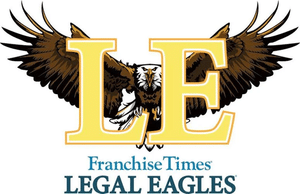This article by Tom Spadea was featured in the January 2023 issue of Franchise Dictionary Magazine.

As a franchise attorney, I have watched a fair number of our brands grow from obscurity into attractive private-equity targets. Yes, private equity wants to understand the royalty growth and sustainability of the franchisor, but details on the unit economics of the franchisees can be even more important. Without a standard chart of accounts, the franchisor is just guessing. And guesswork might be fine for unsophisticated franchisees or passion buyers, but in today’s competitive market you are leaving money on the table, whether you plan on selling the system or not.
Even if you don’t have an imminent private-equity exit planned, how can you really coach your franchisees and analyze their performance if you haven’t set the parameters for success? Unfortunately, it’s a common problem with new franchisors, as many small-business owners find it very hard to break the habit of running their books to minimize taxes instead of maximizing profit. They then teach that habit to their franchisees, instead of trying to professionalize the bookkeeping and accounting. I tell prospective franchisees to ask a franchisor they are considering joining whether they have a standard chart of accounts, and what financial metrics they track on a system-wide basis. The actual numbers aside, what’s important is whether there is a solid tracking and measuring system in place. The answer tells an enormous amount about the sophistication, competency, and potential of the system.
One of the most important things for a franchisor to do on a regular basis is to pull up a franchisee’s financials and talk through what they are doing right and what they can improve. These incremental improvements, comparing franchisees to the system averages, and helping them make course adjustments helps build solid unit economics and happy validating franchisees – all of which leads to high multiples if and when the franchisor is ready to exit. None of this can happen without strict guidelines and standards for how income and expenses are categorized and tracked.
To see all of Tom’s featured articles in The Franchise Dictionary Magazine, visit this page.







